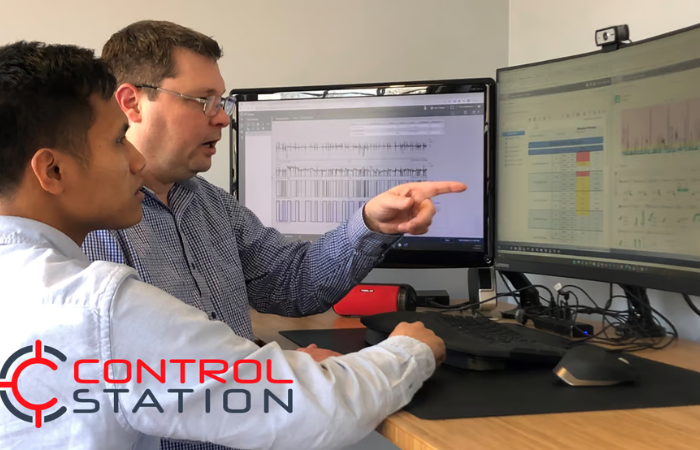Automation Trends: From Buzzwords to Real Needs

The food and beverage industry has been one of the slowest to adopt new technologies—and maybe that’s a good thing. The auto, chemical and petroleum industries, for example, have served well as testbeds for new automation technologies. Meanwhile, food and beverage has benefitted from all the trialing and proving of “bleeding-edge” systems such that the buzzwords we’ve used for the last few years—e.g., “digital transformation,” AI/ML, “digital twin” and Industry 4.0—are becoming everyday terms that describe technology we now rely upon to be competitive in today’s changing world of consumer tastes.
So, I asked system integrators, engineering houses and automation suppliers what their food processor clients perceive to be the three to five key trends/issues in automation today, and how processors are taking advantage of these automation trends. After tabulating the results, the top five trends cited were:
• Visualization (including enterprise, platform, machine and remote visibility)
• Data collection and analytics plus AI/ML
• Digital transformation
• Robotics and automated material handling (extending to warehouse automation)
• Security/cybersecurity.
Visualization Gets Processors through Blind Spots
Today, running a plant or two without visualization is a little like flying an aircraft on VFR (visual flight rules), which is just fine until you find yourself lost and disoriented in some unexpected weather conditions and you’re SOL. Flying on IFR (instrument flight rules) with instrumentation allows you to “see” what’s ahead when optical visibility is zero. Turn on the automatic pilot because it knows from sensor data which way is up or down or 70° to the right of your current course—even if you don’t.
When I asked integrators and system suppliers what are the key trends affecting food and beverage processors, their most-often cited responses were enterprise visualization/machine visibility/remote visibility—and tied with visibility were the tools that provide the instrumentation food processors use to achieve the visibility; that is, analytics/data collection/AI/ML, etc. As in IFR flying, without sensor data to power the visualization/instrumentation system, you might as well be flying blind.
What drives the need for enterprise visualization? “The ability to monitor, harvest and analyze data allows manufacturers to be more responsive to a marketplace that demands flexibility while dealing with supply chain and lean manufacturing issues,” says Dean Elkins, Sr., director, advanced automation at Gray Solutions, a Gray Company.
)
)
)



)
)
)
)
)
)
)
)
)
)
)
)
)
)
)
)
)
)
)
)
)
)
)
)
)
)
)
)
)
)
)
)
)
)
)
)
)
)
)